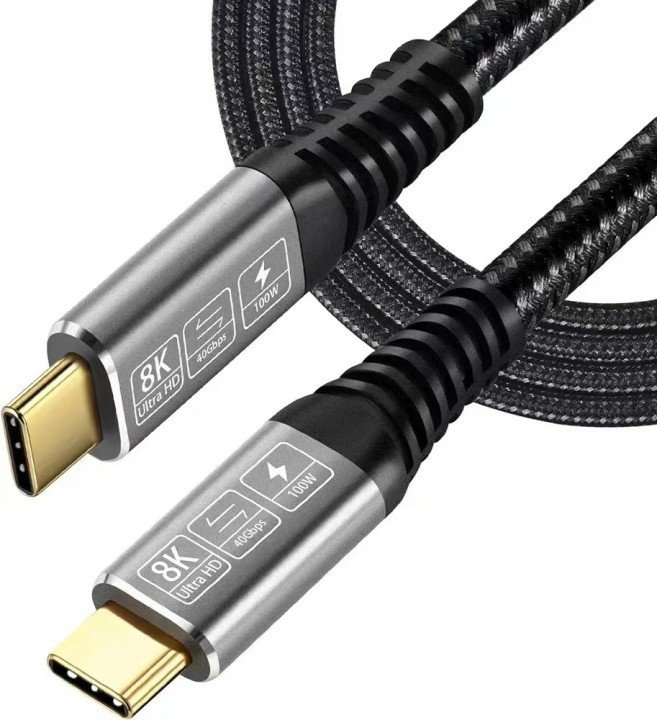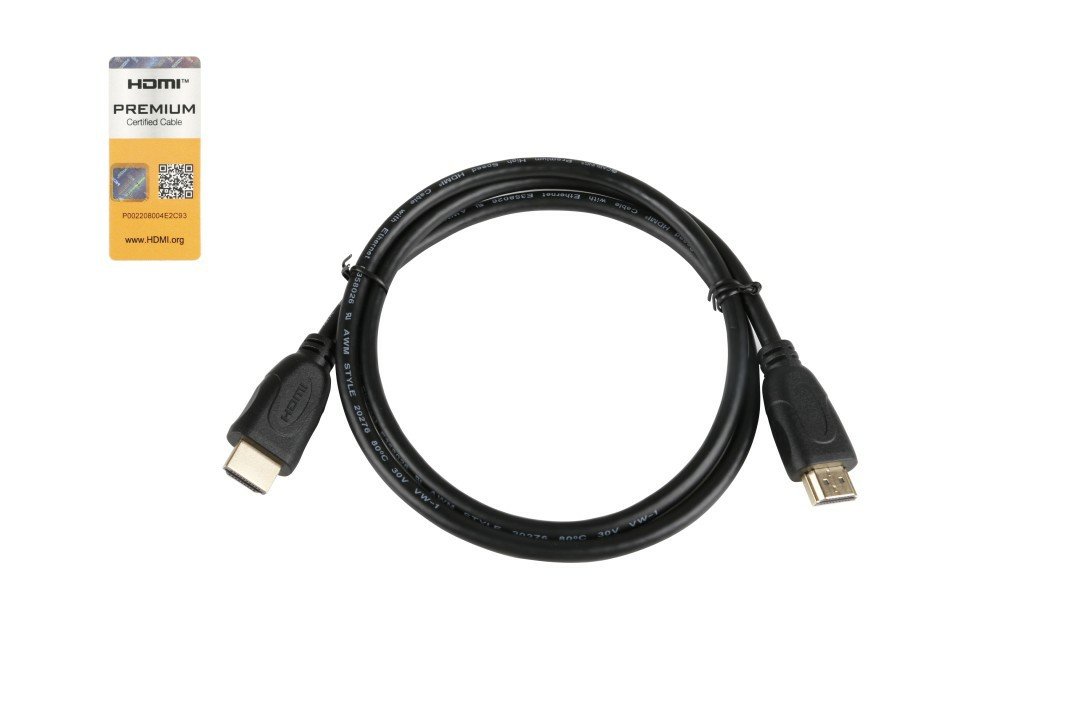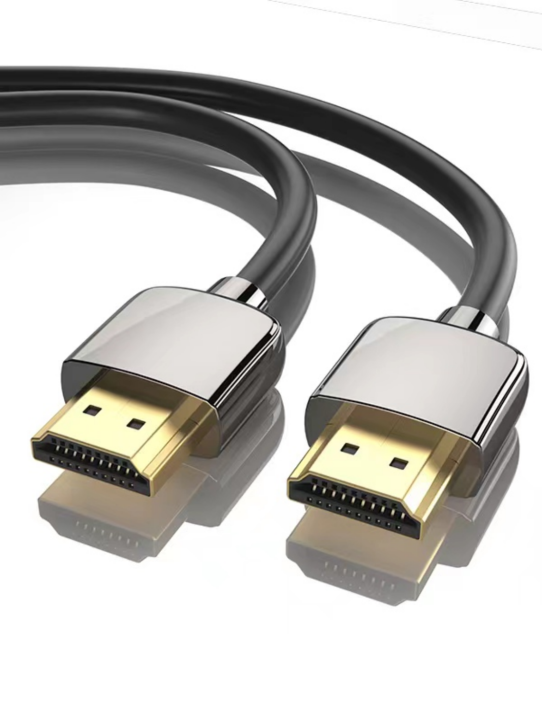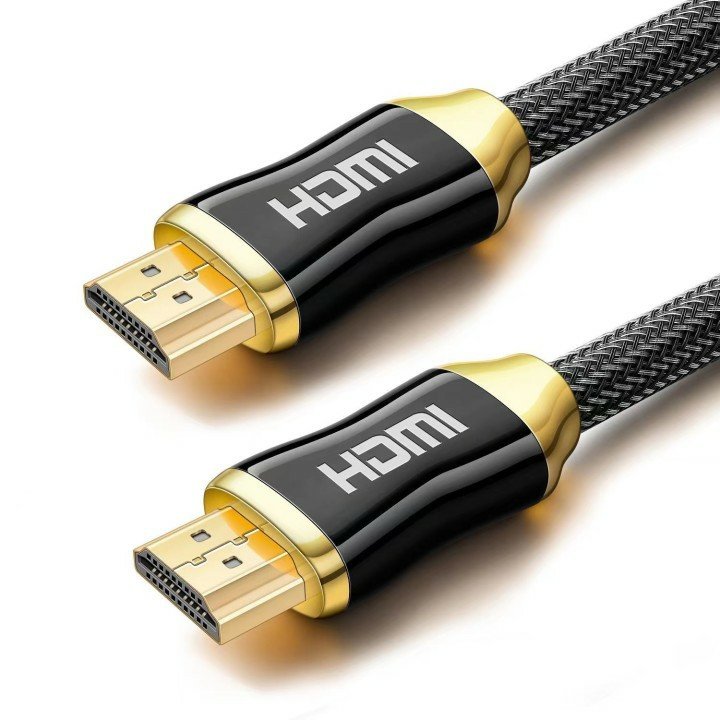Table Of Content
Table Of Content
Let’s break down the key features and performance aspects of HDMI 2.0 Active Optical Cables (AOC) and HDMI 2.1.
HDMI 2.0 AOC
Key Features:
- Higher Bandwidth: HDMI 2.0 supports a bandwidth of up to 18 Gbps, allowing for higher resolutions and frame rates.
- 4K Resolution: It can support 4K video at 60 frames per second (fps).
- Color Spaces: HDMI 2.0 supports BT.2020 colorimetry, enabling a wider color gamut.
- Audio: Supports up to 32 audio channels for an immersive audio experience.
- Dual Video Streams: Allows two video streams to be delivered to the same screen.
- Dynamic Auto Lip-Sync: Ensures audio and video are perfectly synchronized.

Performance:
- High-Definition Video: Supports high-definition video up to 4K at 60fps.
- Improved Audio: Enhanced audio performance with support for higher audio channels and sampling rates.
- Compatibility: Backward compatible with earlier versions of HDMI, ensuring it works with a wide range of devices.

HDMI 2.1
Key Features:
- Even Higher Bandwidth: HDMI 2.1 supports a bandwidth of up to 48 Gbps.
- 8K Resolution: Capable of supporting 8K video at 60fps and 4K video at 120fps.
- Dynamic HDR: Provides dynamic metadata for HDR, ensuring optimal color and brightness scene-by-scene or frame-by-frame.
- Enhanced Audio Return Channel (eARC): Simplifies connectivity and supports the most advanced audio formats and highest audio quality.
- Variable Refresh Rate (VRR): Reduces or eliminates lag, stutter, and frame tearing for more fluid motion in games.
- Quick Media Switching (QMS): Eliminates the delay that can result in blank screens before content is displayed.
- Quick Frame Transport (QFT): Reduces latency for smoother gaming and real-time interactive virtual reality.
- Auto Low Latency Mode (ALLM): Automatically sets the ideal latency setting for smooth, lag-free viewing and interactivity.
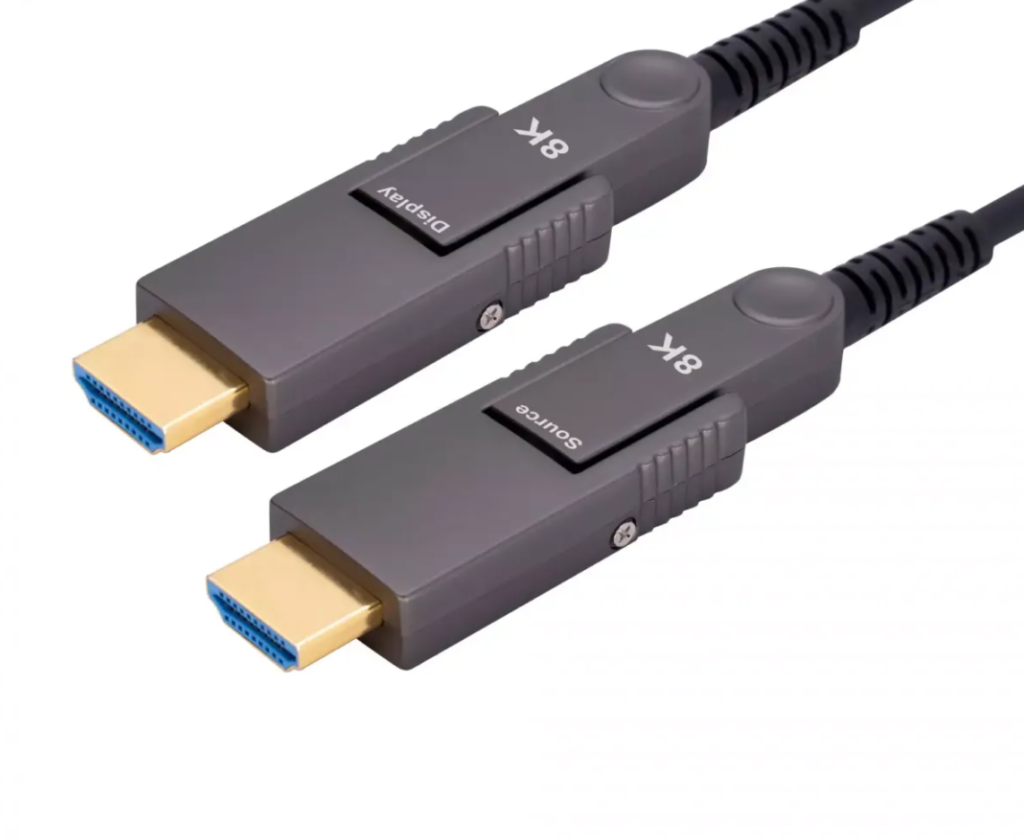
Performance:
- Superb Video Quality: Supports ultra-high resolutions and faster refresh rates, significantly enhancing video clarity and smoothness.
- Advanced HDR: Dynamic HDR ensures each frame is displayed at its ideal values for depth, detail, brightness, contrast, and color gamut.
- Enhanced Gaming and Interactivity: Features like VRR, QMS, QFT, and ALLM contribute to a superior gaming and interactive media experience.
- Future-Proofing: With support for next-generation resolutions and features, HDMI 2.1 ensures compatibility with upcoming devices and media formats.

Comparison:
- Resolution and Frame Rate: HDMI 2.0 supports up to 4K at 60fps, whereas HDMI 2.1 supports up to 8K at 60fps and 4K at 120fps.
- Bandwidth: HDMI 2.0 provides up to 18 Gbps, while HDMI 2.1 significantly boosts this to 48 Gbps.
- HDR: HDMI 2.0 supports static HDR, whereas HDMI 2.1 introduces dynamic HDR.
- Audio: HDMI 2.1’s eARC allows for higher-quality audio transmission compared to HDMI 2.0.
- Gaming and Interactive Features: HDMI 2.1 includes several gaming-centric features such as VRR, ALLM, and QFT, which are absent in HDMI 2.0.

In summary, HDMI 2.1 represents a substantial upgrade over HDMI 2.0, particularly in terms of resolution, refresh rates, audio capabilities, and features geared towards gamers and high-fidelity video applications. HDMI 2.0 AOCs are still highly effective for most current high-definition needs, but HDMI 2.1 provides a future-proof solution with its advanced capabilities.
Market Trends
- Increasing Demand for Higher Bandwidth and Resolution: With the growing popularity of 4K and 8K content, the demand for HDMI 2.0 and HDMI 2.1 Active Optical Cables (AOC) is expected to rise significantly. These cables support higher data transfer rates, enabling seamless transmission of high-definition video and audio signals.
- Expansion of Gaming and Home Entertainment Systems: The gaming industry and home entertainment systems are rapidly evolving, requiring advanced connectivity solutions. HDMI 2.1 AOC, with its support for higher refresh rates and dynamic HDR, is becoming a standard for gaming consoles and high-end home theaters, driving market growth.
- Proliferation of Smart Home Devices: As smart home ecosystems expand, the need for reliable and high-performance connectivity solutions is increasing. HDMI 2.0 AOC and HDMI 2.1 AOC are essential for connecting various smart devices, including TVs, projectors, and audio systems, contributing to their growing market.
- Advancements in Professional Audio-Visual (AV) Installations: In professional AV environments, such as corporate settings, educational institutions, and medical facilities, the demand for high-quality HDMI AOC cables is rising. These environments require robust and long-distance signal transmission, which AOC cables provide effectively.
- Shift Towards Wireless and Flexible Connectivity Solutions: While there is a trend towards wireless solutions, the need for reliable, high-bandwidth wired connections remains strong. HDMI 2.0 A+ D AOC cables, with their detachable ends, offer a flexible and easy-to-install option, appealing to both professional and consumer markets.
Applications
- Home Theaters and High-End Audio-Visual Systems: HDMI 2.1 AOC cables are becoming a cornerstone in high-end home theater setups due to their ability to handle high-resolution video and audio signals over long distances without degradation.
- Gaming Consoles and PCs: With support for higher refresh rates and low latency, HDMI 2.1 AOC cables are ideal for connecting gaming consoles and high-performance PCs to monitors and TVs, ensuring a smooth and immersive gaming experience.
- Professional AV Installations: In conference rooms, lecture halls, and medical imaging environments, HDMI 2.0 AOC and HDMI 2.1 AOC are crucial for transmitting high-definition content across long distances without signal loss, maintaining clarity and performance.
- Smart Home Integration: As smart home technology becomes more widespread, HDMI AOC cables are essential for connecting various devices, such as smart TVs, sound systems, and home automation hubs, ensuring seamless and reliable communication.
- Digital Signage and Commercial Displays: In retail, hospitality, and public spaces, HDMI AOC cables are used to connect digital signage and commercial displays, providing high-quality video and audio output over extended distances.
HDMI 2.0 A+ D AOC with Detachable Ends

Applications:
- Ease of Installation and Maintenance: The detachable ends allow for easy installation in tight or hard-to-reach spaces and simplify maintenance by enabling quick replacements without rerunning the entire cable.
- Modular Connectivity Solutions: Ideal for modular connectivity systems in professional environments, such as broadcast studios and control rooms, where flexibility and adaptability are crucial.
- Customizable Cable Lengths: Users can easily customize cable lengths and replace damaged connectors, reducing downtime and costs associated with cable management and maintenance.
Development Trends:
- Adoption in AV Installations: Growing adoption in professional AV installations due to their flexibility, ease of installation, and maintenance benefits.
- Enhanced Durability and Performance: Manufacturers are likely to focus on improving the durability and performance of detachable connectors, ensuring they can handle frequent use and maintain high signal integrity.
- Expansion into Consumer Markets: As awareness of the benefits of detachable-end AOC cables increases, they may see wider adoption in consumer markets, particularly for home entertainment and gaming setups where flexibility and convenience are valued.
In summary, the future of high-quality HDMI 2.0 AOC and HDMI 2.1 AOC cables in the Global market looks promising, driven by the demand for higher resolution and bandwidth in various applications. The HDMI 2.0 A+ D AOC with detachable ends, in particular, is poised to gain traction due to its flexibility and ease of use in both professional and consumer contexts.
Discover more: www.starfirecableshubs.com






